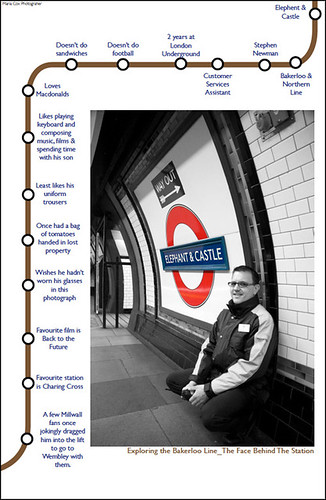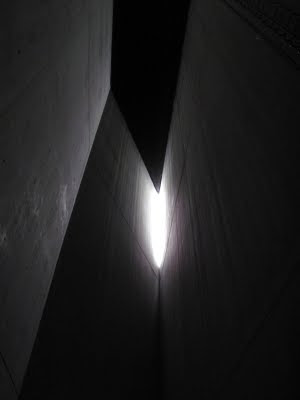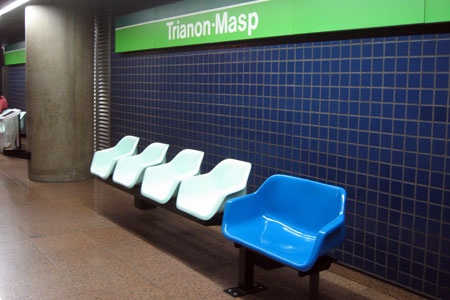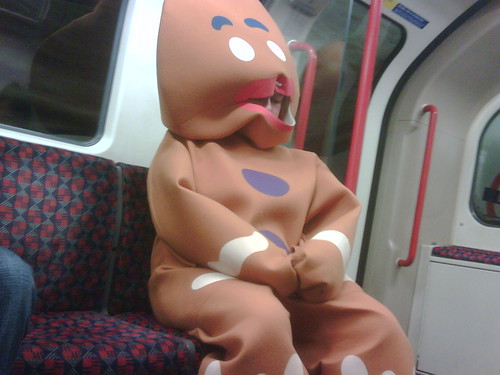Art Litigation and Dispute Resolution Instititute FlyerI recommend highly a Continuing Legal Education program that I helped to organize on art litigation and dispute resolution - you get 4 CLE credits for ethics and it is HIGHLY entertaining. Many attendees told me that it was the best CLE program they had ever attended.
To purchase the DVD, visit
www.nycla.orgCredits: 8.5 MCLE Credits8.5 MCLE Credits: 4 Ethics; 1 Skills; 3.5 Professional Practice; Non-Transitional
Faculty: Matthew F. Bogdanos, Manhattan District Attorney’s Office; Judith A. Bresler, Withers Bergman; John J. Byrne, Byrne Goldenberg & Hamilton, Washington, D.C.; John R. Cahill, Lynn & Cahill; Hon. Miriam Goldman Cedarbaum, US Dist. Ct., SDNY; Sharon H. Cott, Metropolitan Museum of Art; Andrea Crane, Gagosian Gallery; Hon. Stephen G. Crane, JAMS; Raymond J. Dowd, Dunnington Bartholow & Miller; Hon. Laura E. Drager, New York State Supreme Court; Monica S. Dugot, Christie’s; David J. Eiseman, Golenbock, Eiseman, Assor & Bell; Robert J. Feinstein, Pachulski, Stang, Ziehl & Jones; Edward W. Hayes, Edward W. Hayes; Hon. Barbara Jaffe, Civil Court of NYC; Lawrence M. Kaye, Herrick Feinstein LLP; Thomas R. Kline, Andrews Kurth, Washington, D.C; John B. Koegel, Koegel Group LLP; Hon. John G. Koeltl, US Dist. Ct., SDNY; Jules B. Kroll, Jemkroll Holdings; Ralph E. Lerner, Withers Bergman; Dean R. Nicyper, Fleming, Zulack, Williamson, Zauderer; Anke Nordemann, Boehmert & Boehmert, Berlin, Germany; William G. Pearlstein, Golenbock, Eiseman, Assor & Bell; Lindsay Pollock, Art & Auction Magazine; Jan Prasens, Sotheby’s; Hon. Eve M. Preminger, Kramer, Levin, Naftalis & Frankel; Hon. Loretta A. Preska, US Dist. Ct., SDNY; Dr. Lucille Roussin, Cardozo Law; Jay G. Safer, Locke, Lord, Bissell & Liddell; Ronald D. Spencer, Carter, Ledyard & Milburn; Howard Spiegler, Herrick Feinstein; Peter R. Stern, McLaughlin & Stern; Hon. Joseph P. Sullivan (Ret.) Holland & Knight; Nancy E. Wolff, Cowan, DeBaets
Description: One of our finest course offerings from NYCLA-CLE, brings together an unparalleled panel of experts from the bench, bar, museums, art galleries, auction houses, trade publications, appraisers, and insurance companies to discuss the latest legal issues affecting the art community. Specific panels presented included:
Art Litigation and Dispute Resolution: Litigation, Arbitration or Mediation—Considerations for Practitioners Learn how to choose between and among litigation, arbitration and mediation when confronted with disputes concerning pieces of art. Some of the issues discussed by the panel of experts include the advantages and disadvantages of litigation, arbitration and mediation in the art context; how arbitration and mediation can be used more effectively in art disputes; and ways to make mediation more useful in art disputes.
Commencing an Action in Art Litigation: Replevin, Quiet Title, Slander of Title, Injunctive Relief and Statutes of Limitation In art law cases, the use of provisional remedies is neither rare nor usual. Typically provisional relief is sought to prevent a sale or other transfer of art – often because it has surfaced publically for the first time in years. A discussion of the forms of provisional remedies available is provided, as well as illustrative cases involving art law.
Art Lending, Bailments, Consignments, UCC, Liens and Security Interests While Article 2 of the U.C.C. governs an array of issues arising in art transactions, many states, including New York, doubting the sufficiency of the U.C.C. alone to safeguard art buyers, have enacted legislation that in some cases overrides the U.C.C. Learn about warranties, both from a review of U.C.C. principles and legislative and judicial expansions of the protections.
Contemporary Art, Copyright and Moral Rights The United States has reluctantly recognized the moral rights of artists to protect their reputations from harm through adverse treatment of their works of art or misuse of their identity as artists. Non-economic and personal to the artist, these rights exist independently of an artist’s copyright in or ownership of his or her own creation.
Dealing with Artists Estates and Foundations, Dealers, Auction Houses and Museums Experts discuss issues relating to how to deal with artists’ estates and foundations, art dealers, auction houses, museums and the press. Hear how the estate of Andy Warhol was handled, including litigation concerning attorney’s fees; learn about the issues surrounding how a private gallery works with attorneys to avoid and resolve disputes; discover how museums handle dispute resolutions; and find out how the press covers breaking legal stories in the art world.
Art Litigation and Dispute Resolution: Antiquities, Authentication, Provenance, Insurance, Damages, Appraisals and Valuation; Foreign Law and Choice of LawBuying and selling ancient art requires the prudent purchaser to research the origin and history of ownership of an object and to evaluate the available information in the context of the legal framework discussed by this panel, for potential penalties for the unwitting purchaser of smuggled objects include civil forfeiture and for those who knew or in retrospect “consciously avoided” full knowledge, jail.
Program Co-Chairs: Hon Stephen G. Crane, JAMSRaymond J. Dowd, Dunnington Bartholow & Miller LLPAll Programs include: (1) Affirmation, (1) DVD/CD packet and (1) set of Written Materials TITLE AVAILABLE IN DVD FORMAT ONLY.
















![Reblog this post [with Zemanta]](http://img.zemanta.com/reblog_e.png?x-id=a735472e-ceea-4347-bae6-37471a8aad49)



![Reblog this post [with Zemanta]](http://img.zemanta.com/reblog_e.png?x-id=5a6bd67b-d74a-4b98-a6b9-3fc6d0adb963)






![Reblog this post [with Zemanta]](http://img.zemanta.com/reblog_e.png?x-id=0b158b75-34dc-46a7-8360-edc4611effe1)


















